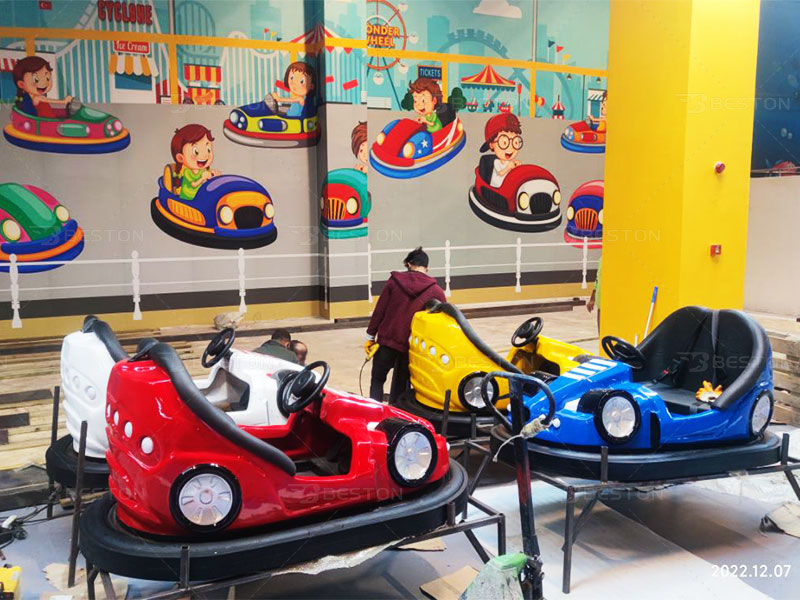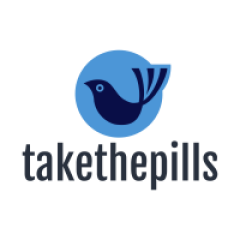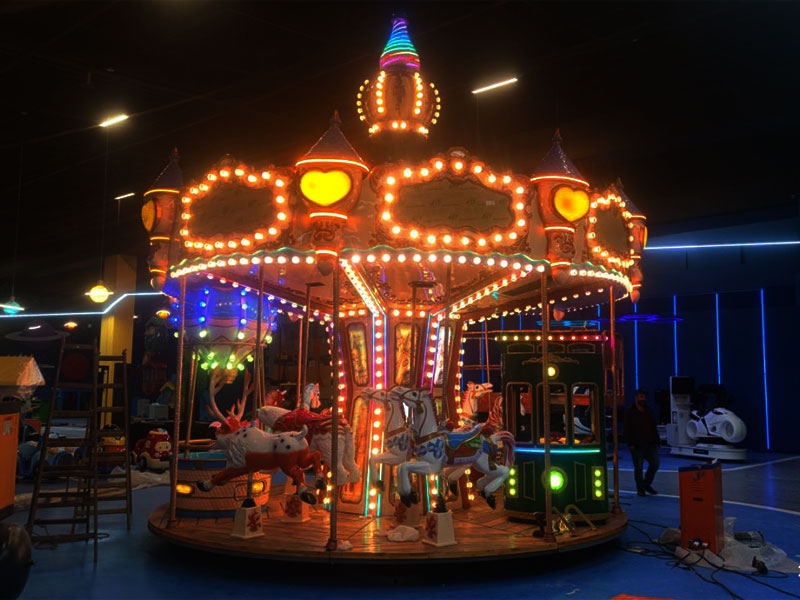Choosing profitable theme park rides for your park is a crucial decision that involves a combination of careful planning, market research, and financial analysis. Here are the steps to help you make the right choices.

Fairground Dodgems for Sale
- Market Research:Begin by researching your target market. Understand the demographics, interests, and preferences of your potential visitors. Are they families, thrill-seekers, or a mix of both?
- Analyze Competitors:Study other theme parks in your region or those with a similar target audience. Identify the rides that are popular and profitable for them.
- Set Your Budget:Determine your budget for purchasing and installing new amusement park rides for sale. Consider both the initial cost and ongoing operating expenses.
- Safety First:Safety should be your top priority. Ensure that the rides you consider meet all safety standards and have necessary certifications.
- Assess Ride Popularity:Look for rides with a proven track record of popularity in other parks. Consider classic favorites as well as newer, innovative attractions.
- Throughput and Capacity:Evaluate the ride’s throughput and capacity. Rides that can accommodate more visitors per hour have the potential to generate higher revenue.
- Appeal to All Ages:A well-rounded theme park rides for sale should have rides that cater to visitors of all ages. Include a mix of family-friendly rides, thrill rides, and kiddie rides.
- Unique and Themed Experiences:Consider offering unique, themed experiences that set your park apart. Immersive and well-themed rides can attract more visitors.
- Accessibility and Inclusivity:Ensure that your chosen rides are accessible to a wide range of visitors, including those with disabilities. Accessibility features can help attract a broader audience.
- Maintenance and Operating Costs:Factor in ongoing maintenance and operating costs, including staffing, insurance, and ride maintenance. Some rides may be more costly to maintain than others.
- Profitability Analysis:Estimate the potential revenue each ride can generate. Consider factors like ticket prices, ride duration, and the number of riders per cycle. Calculate the return on investment (ROI) for each ride.
- Seasonal Considerations:Think about the seasonality of your park. Some rides may be more appealing in specific weather conditions or during holidays.
- Manufacturer Reputation:Research the reputation of the ride manufacturer. Established manufacturers with a history of producing reliable and safe rides are generally a better choice.
- Warranty and Support:Inquire about warranties and post-purchase support from the amusement rides manufacturer or seller. Good warranty and readily available support are essential for ongoing operations.
- Long-Term Viability:Consider the long-term viability of the ride. Will it remain appealing to visitors for several years, or is it likely to become outdated quickly?
- Feedback from Visitors:If possible, gather feedback from your park’s visitors about their ride preferences. This can provide valuable insights into what your target audience desires.
- Diversify Your Selection:Avoid putting all your resources into one type of ride. Diversify your ride selection to offer a variety of experiences.
- Plan for Expansion:Consider your park’s growth potential. Choose rides that can be part of a phased expansion strategy.
By following these steps and carefully considering each aspect, you can make informed decisions when selecting theme park rides that are not only fun but also profitable for your park. Remember that a well-balanced and thoughtfully chosen ride lineup can enhance the overall visitor experience and contribute to the long-term success of your theme park.

